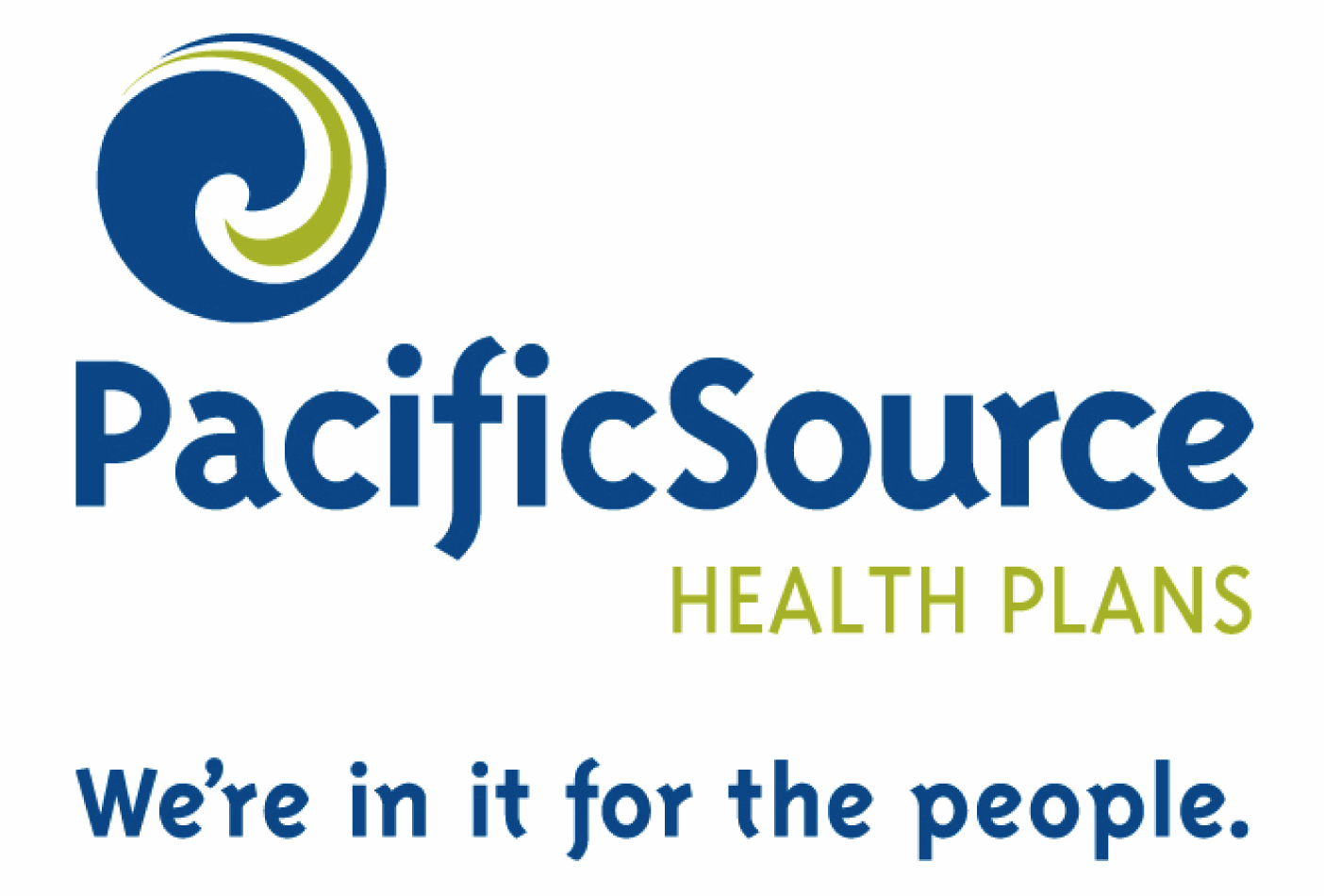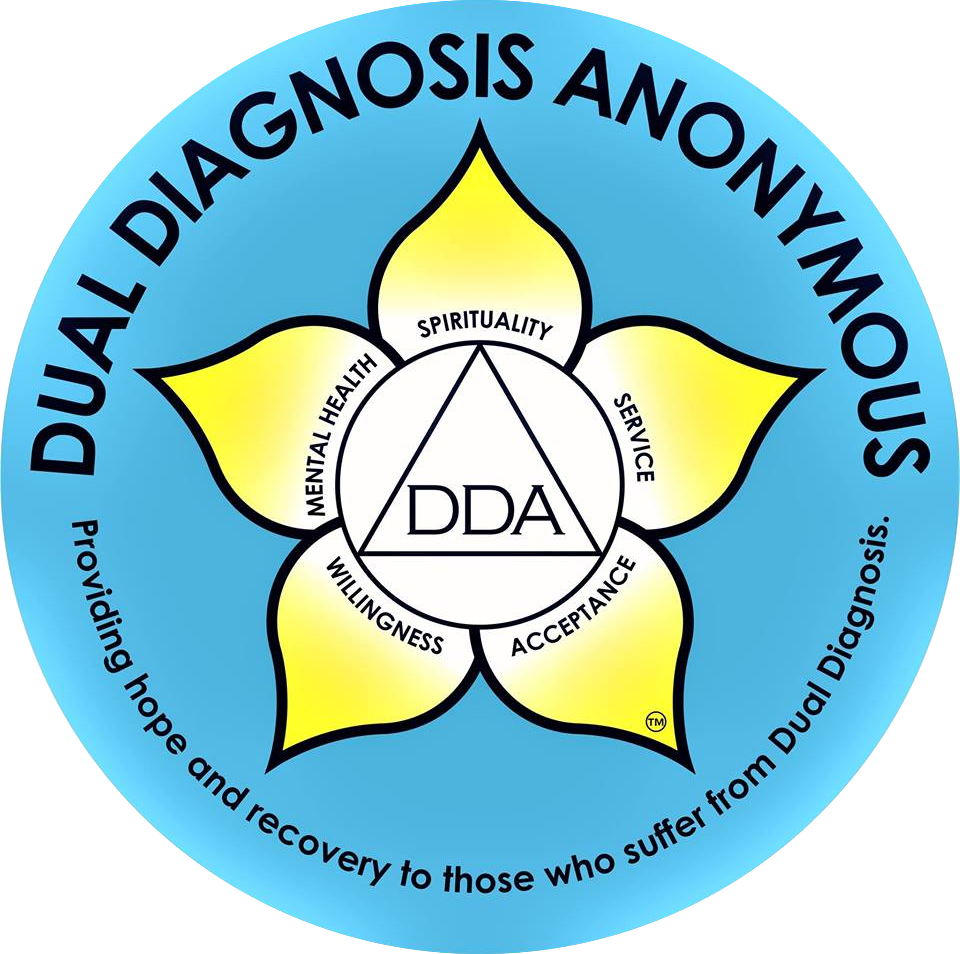Two articles appeared recently that shed light on the dramatic rise in healthcare costs.
One story, Some doctors blame themselves for rising healthcare costs by Karen Kaplan of the Los Angeles Times, discusses a survey of primary care docs:
We all know that Americans spend too much money on healthcare – more than twice as much per patient as people in other industrialized countries, on average – but we don’t necessarily know who to blame. A study published in Tuesday’s edition of Archives of Internal Medicine offers up a surprising culprit: primary care doctors who admit that they give their patients too much care.
That’s right – 42% of the docs in a nationwide survey said the patients in their own practices “were receiving too much medical care” and 28% said they personally were ordering more tests and making more referrals to specialists than they would “ideally like to be.”
Why do they do it? Three reasons:
- 76% of doctors in the survey said fear of malpractice lawsuits prompted them to practice more aggressive medicine;
- 52% blamed it on the use of clinical performance measures that are used to judge whether doctors are doing their jobs correctly; an
- 40% said they didn’t get to spend enough time with their patients to figure out what is really wrong with them, so they ordered tests and consultations to provide some of the answers.
Many doctors are frustrated by a system that encourages them to provide more, but not necessarily better, care. Making more money was also acknowledged as a factor, especially when primary docs were describing their fellow practitioners. Read the whole story.
But doctors are just one part of the higher costs.
The other big story this week was, Health Insurers Push Premiums Sharply Higher, confirms that health costs continue to accelerate:
Major health insurance companies have been charging sharply higher premiums this year, outstripping any growth in workers’ wages and creating more uncertainty for the Obama administration and employers who are struggling to drive down an unrelenting rise in medical costs.
A study released on Tuesday by the Kaiser Family Foundation, a research group, showed that the average annual premium for family coverage through an employer reached $15,073 in 2011 — 9 percent higher than in the previous year.
The study says that only a small part of the increase is due to federal health care reform. Some in the field expect the increases to moderate in upcoming years. Read the story in The New York Times.
Please add your comments below.











As we have been saying on tour with the Mad As Hell Doctors, the rise in annual health insurance premiums for a family of four will EQUAL their median income by 2025 if the trend continues. It is clearly unsustainable to ‘stay the course’. There is only one system of health care financing which has prayer at controlling costs and that is Universal coverage single risk pool – commonly called single payer. Publicly funded, privately delivered health care. Everybody in, nobody out.
PNHP.org
madashelldoctors.com
Dear Dr Erickson – What’s behind the latest jump in healthcare costs is the same factor that nearly sunk the finance industry — it is greed. My wife and are both Americans just back from 10 years living in Europe (England and France.) Our experience with the healthcare systems there, it must be said, was very good. We are in our early 60s and worried, mad and mortified with what has become of the health care system here in the US. It is an international joke. Powerful vested interests seem to have conspired to maintain huge profits and fat salaries for those employed by insurers, hospitals and yes, government healthcare agencies. It is as if EVERYONE has forgotten that healthcare is not a “golden goose” but a basic human need — not a profit center but a service to be provided at cost. Your call for a single payer system is sensible but, sadly, it will not work. It is logical but these days politics and good sense are complete strangers. Somewhere in between has to fall an approach that will prevail. Enforcing simple cost controls on providers and insurers would be a good start. I don’t see those aspects of the problem being addressed by federal health reforms. Please add me to the ranks of “mad as hell” citizens. What can I do to help?
Three other Key Factors:
This is a good post, and I thought the Archives of Internal Medicine study was very interesting, especially as to the reasons docs were prescribing too many tests and procedures… but, there are at least three other significant factors in rising health care costs that should not be overlooked, and that are not necessarily addressed by implementing a single-payer system.
1. The first, which I will not spend much time on is the aging population. This demographic factor will continue to contribute to driving up national health care costs for some time.
2. A second factor is growing rates of chronic disease, fueled in large part by the obesity epidemic. Here farm policy might be as important as health policy. And, this factor is of course part of the reason We Can Do Better talks about the need to address health and not just health care.
3. However, the MOST IMPORTANT and most frequently overlooked factor driving up health care costs is the advancement of medical science. Of course analysts often talk about the use of expensive medical technologies, and how hospitals are all competing to have the latest most expensive technology. But that is just a small part of this piece. What really matters is the increasing number of diagnosable diseases, and the increasing number of expensive “treatments” available. Think here of ADD/ADHD and the expensive medications that are available and used in many families on a daily basis. Or think of sleep apnea, or even anti-depressants — the medicalization of depression and mental health. This is the factor that former CBO director Elmendorf highlighted in much of his testimony, and it is much more significant than most of us in the health reform movement usually realize. And it is not an easy issue to deal with. Many peoples lives have been measurably improved by the improving diagnosis of previously unknown or untreatable disorders. Insurance does play a role here, because it helps to fund these treatments, and provides a flow of cash that keeps this medical treatment system expanding. However, the answer is not as easy as just cutting off the flow since in fact many of these new diagnoses are real and the treatments are helpful.
While I think single-payer is a good idea, and I support it in principle, we need to realize that single-payer alone will not solve the problem of rising health care costs, since it does not address any of these three factors in rising health care costs. In addition, I think this analysis raises some questions about whether it is really GREED that is at fault. Don’t get me wrong, I think many Doctors could afford to take a financial haircut, and that the most important benefit of single-payer is the elimination of multiple for-profit insurers from the system adding inefficiency and waste. But the profits of insurance companies are rarely as outrageous as single-payer advocates generally think, and single-payer in and of itself does not even necessarily address the three reasons doctors gave for why they tend to prescribe too many tests and procedures.
Cranky and contrarian as always!
Kevin